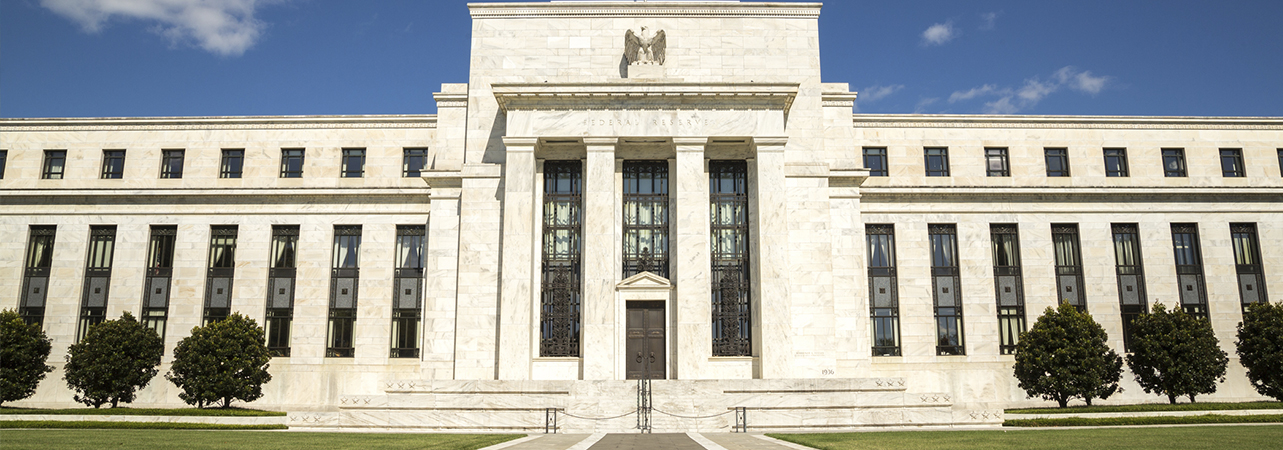Strategist Russell Silberston discusses how the market is underestimating how far interest rates will rise, meaning bond yields have much further to rise (and bond prices to fall) than hitherto
In December 2015 – six years after the Global Financial Crisis (GFC) – the US Federal Reserve (Fed) raised the target for its benchmark federal funds rate by 0.25% to 0.5%. A further 25-basis-point hike one year later was followed by a series of 25-basis-point increases in each subsequent calendar quarter.
By December 2018, the Fed’s overnight rate stood at 2.5%. Within seven months, however, the Fed had cut back its key rate to 1.75% as financial markets wobbled badly despite strong economic performance.
In the face of multi-decade highs in inflation, why are markets so sanguine about the interest rate outlook? The answer lies in the Fed’s balance sheet, and in particular the level of excess reserves placed there by commercial banks.
QE and QT explained
When a central bank undertakes quantitative easing (QE), it creates reserves for itself, With these, it buys government bonds and other assets that sit on the balance sheet as an asset. The money created to buy those assets ends up in the banking system, finding its way back to the central bank as excess reserves. Like any deposit, these are a liability for the central bank. Thus, in accounting terms, both assets and liabilities for the central bank have grown.
When it comes to quantitative tightening (QT), the process is reversed; the central bank either sells or allows a bond to mature, thus shrinking their assets. However, their liabilities also shrink as commercial bank excess reserves fall in tandem.
When the Fed embarked on its last period of quantitative tightening (QT), they made two estimates of their liabilities rather than their assets:
- How many notes and coins were required?
- What level of reserves did commercial banks need?
However, as time progressed and excess reserves shrank, it soon became apparent that the banks needed far more reserves than indicated.
The Fed overdid QT last time, withdrawing far more liquidity than the banking sector needed – and we believe this is why the central bank aborted its 2016-18 tightening cycle.
This time, however, is different!
To avoid the same thing happening again in this cycle, the Fed has introduced new on-demand tools to control overnight interest rates both to the upside and downside. In theory at least, they should be able to run down their balance sheet without causing the liquidity shortages that characterised the last tightening cycle.
The Fed is also in the process of reviewing the Supplementary Leverage Ratio; this is applied to banks but excludes excess reserves and US treasuries from the calculation, again freeing up liquidity.
If this view is correct, the market is underestimating how far interest rates will rise, meaning bond yields have much further to rise (and bond prices to fall) than hitherto.









